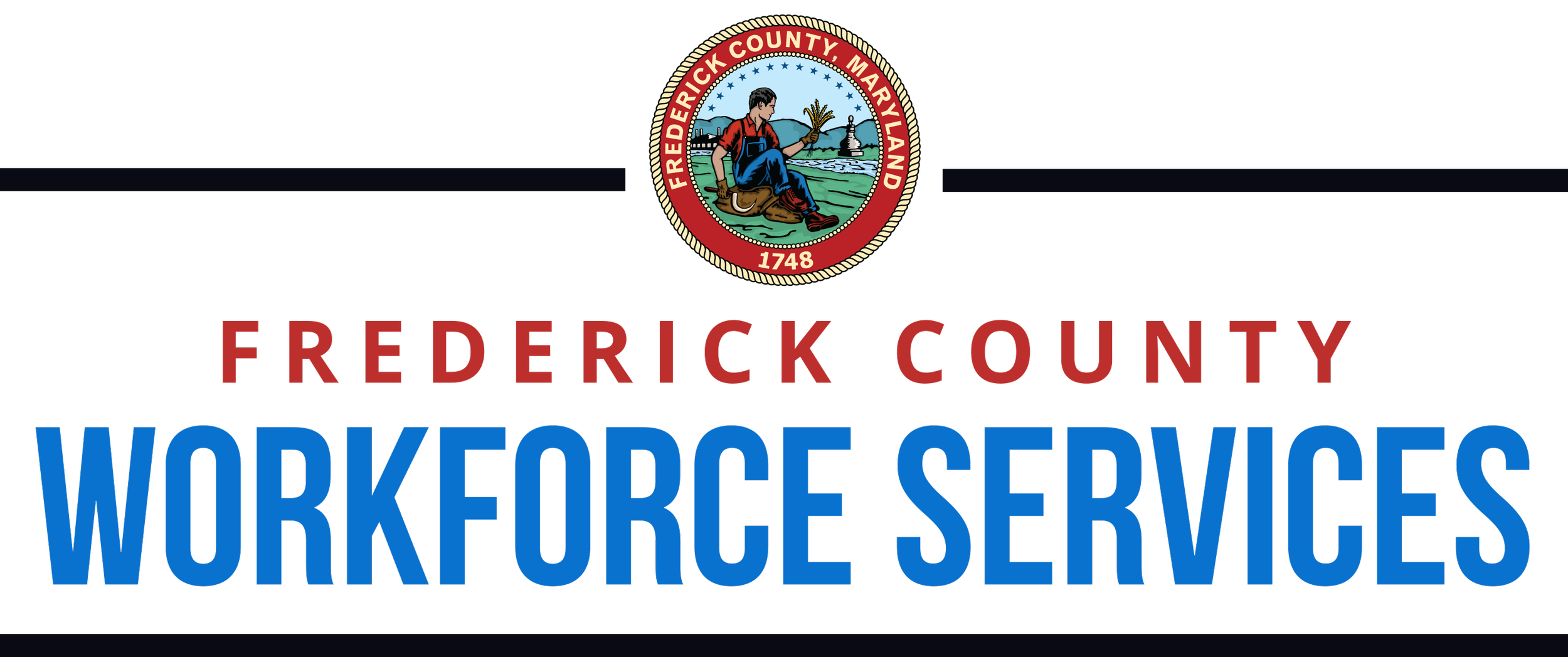Apprenticeships: A Win-Win Solution for Employers & Job Seekers
Attract, train, and retain is the name of the game, or at least it is when it comes to your workforce. The week of November 13th is National Apprenticeship Week (NAW), a nationwide celebration spotlighting the growth and successes of apprentice programs and bringing together employers, career seekers, and other key supporting partners.
What better way is there to celebrate than talking about the “wins?” When you look at an apprenticeship, it is a win-win. The employer gets a trained employee, and the job seeker gets paid while being trained. Many employers face a talent shortage when it comes to experienced, trained workers. Sure, they may have a college degree, but they lack the real-world experience truly needed in the workplace. On the other hand, there is the job seeker who dedicated their time and money to earning a college degree, and now they expect to obtain a well-paying job. The apprenticeship programs bridge the gap and provides benefits to both parties.
“Let’s celebrate the wins for the employers, the wins for job seekers, and the wins for our workforce. Apprenticeship programs may have once been limited to the trades industry, but not any more. Be the next employer to build your pipeline or be the next employee getting paid to learn. ”
Source: FY 2021 Data and Statistics | U.S. Department of Labor (dol.gov)
EMPLOYER WINNING
Traditionally, you would think of careers in trades (carpenter, welder, plumber, etc.) when you think of an apprenticeship. However, over the past few years the apprenticeship programs have greatly shifted to be more inclusive of all industries. Now, we are seeing apprenticeships and career pathways in manufacturing, biotech, and healthcare. Below are employer benefits according to Maryland’s Apprenticeship and Training Program:
Build your workforce. Registered apprenticeship trains workers in the specific skills needed by your company.
Reduce turnover costs. Registered apprentices boast an impressive 91% retention rate. *
Increase productivity. Apprentices report high levels of motivation, satisfaction, and loyalty. For every dollar spent on apprenticeship, U.S. employers get $1.47 back in increased productivity. **
Make your workplace safer. A well-trained workforce may reduce worker compensation costs.
Plan for employee succession. Registered apprenticeships help you to successfully facilitate the transfer of knowledge from experienced employees to new recruits.
Take advantage of tax credits and financial incentives. Maryland offers businesses valuable support to build a reliable pipeline of qualified workers.
(*According to U.S. Department of Labor statistics, 91% of apprentices remain on the job one year after employment. **According to the U.S. Department of Labor.)
JOB SEEKERS WINNING
Indeed.com lists the average wage of a first-year apprentice at $18.17 per hour, with the typical tenure for an apprentice at less than one year.
Other benefits include:
Hands-on career training: Apprentices receive practical on-the-job training in a wide variety of occupations and industries, such as healthcare, construction, information technology, transportation, energy, and advanced manufacturing.
An education: Apprentices receive hands-on training resulting in improved skills and competencies as well as the potential to earn college credit toward an associate’s or bachelor’s degree.
A career: Once the apprenticeship is complete, workers are on their way to a successful long-term career with a competitive salary and little or no educational debt.
National credential: When an apprentice graduates from a career training program, he or she earns a certified portable credential accepted by industries and employers across the U.S.
It is for anyone: Whether you are a recent high school graduate, a recent college graduate, a transitioning worker, or a transitioning Veteran, the apprenticeship program supports the next career step.
On the other hand, many college grads are facing debt, unemployment, or underemployment. U.S. News indicates the average 2023-2024 college tuition as follows: in-state public college is $10,662, private college is $42,162, and the average cost for out-of-state students in public colleges comes to $23,630. This is not to say every high school graduate and everyone looking for a career should enter an apprenticeship program. However, diverse apprenticeship programs are worth researching as we face a growing record-high student debt, a pandemic causing mass unemployment, and growing industries with a talent shortage.
In closing, let’s celebrate! Let’s celebrate the wins for the employers, the wins for job seekers, and the wins for our workforce. Apprenticeship programs may have once been limited to the trades industry, but not anymore. Be the next employer to build your pipeline or be the next employee getting paid to learn.

